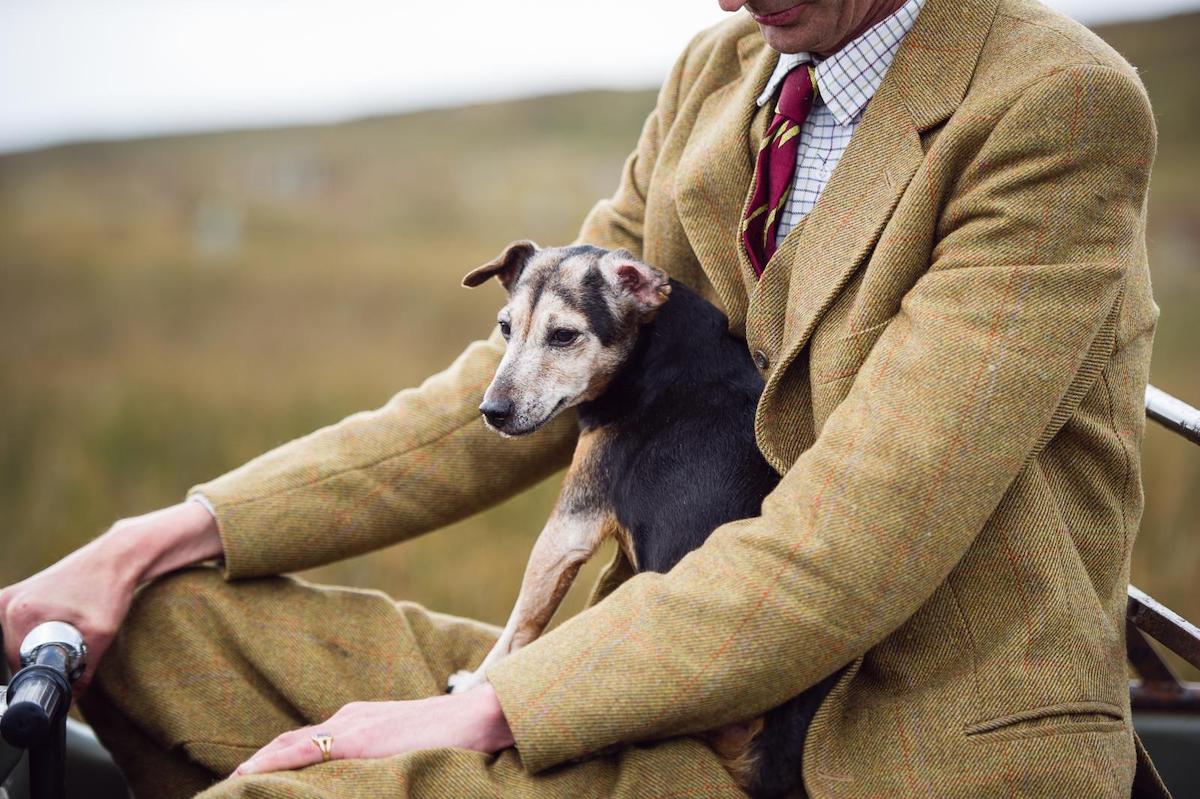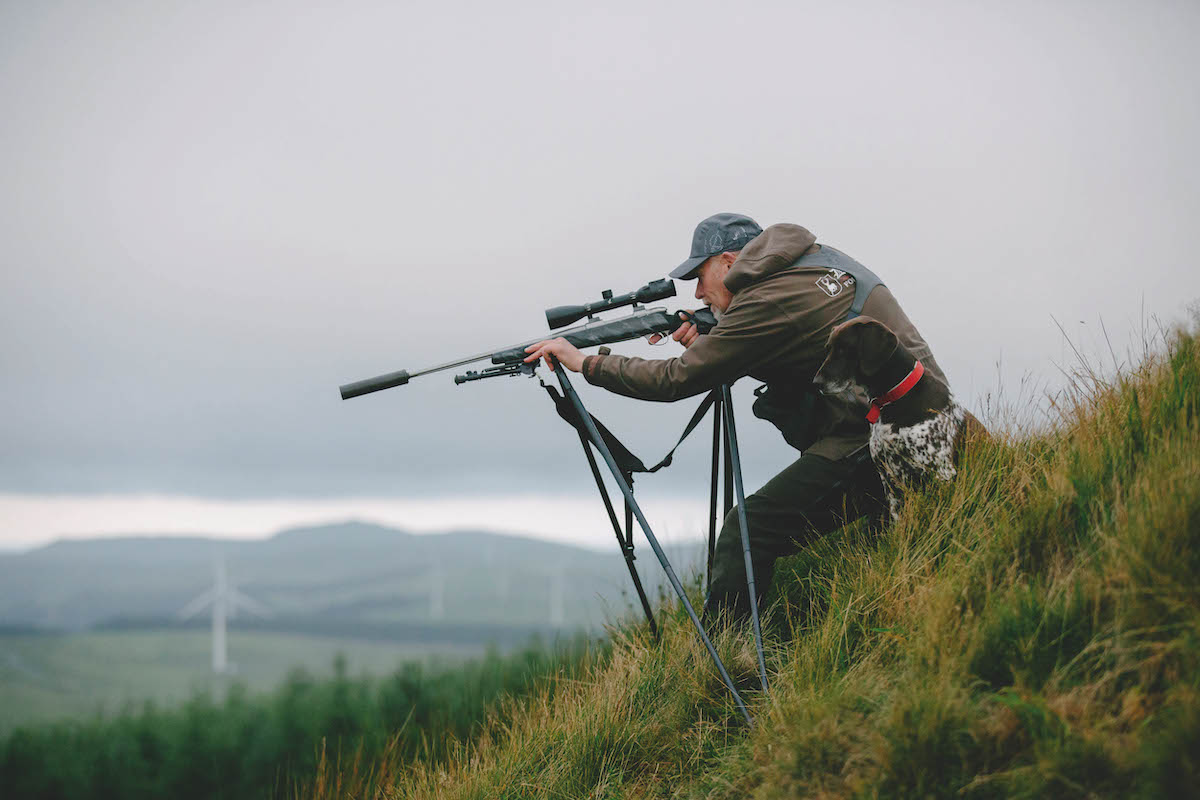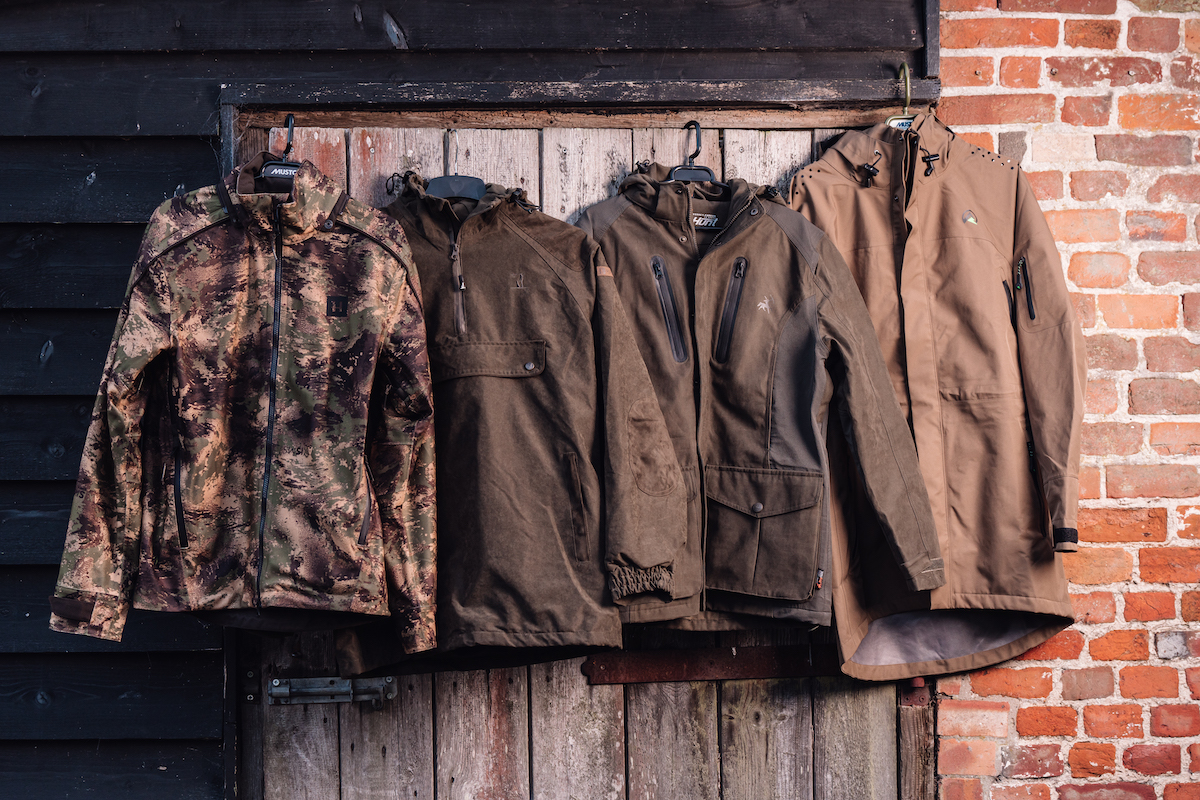Ties for shooting? Are they still necessary?
Has the tie become an anachronism in 2022? Definitely not, says Giles Catchpole, it is all about respect — and the zombie apocalypse

A countryman in a tie
Why do we wear ties for shooting? Ironically, when I put the question to the occupants of a Gun bus the other day it was our resident American who was the first to respond. (Read our list of the best shooting ties.)
“Oh, you guys,” he said, “with your old school ties. And your regimental ties. And your club ties. The main reason that I wear this old thing is so I don’t get mistaken for one of you lot!” The ‘old thing’ in question was, obviously, a Yale university tie. Pot calling kettle black, or what?
But he was kind of right. There are still people who both give and receive social signals via their neckwear and some of them shoot or beat or pick up. The GWCT, Countryside Alliance and National Gamekeepers’ organisation all have ties for shooting that can be used, in a reasonably modest and discreet way, to demonstrate a person’s affiliations and allegiances. There are others, of course, which display social and family origins. Which can be helpful, I suppose, when confronted by a crowd of strangers.
My personal favourite is the somewhat vibrant lime green and silver polyester affair that denotes the Himalayan Tent Tennis Association, of which I am a founder member. It’s a long story. It also explains why buying your ties new rather than from charity shops is the best way to avoid being accosted betimes by fellows of a military demeanour demanding to know your specific association with, for example, the Parachute Regiment or the Yorkshire Yeomanry.
Or whether you recall Binky Smethers of the Corby & District Ferret Wranglers Club. “But you must know old Binky,” they cry, “Everyone knows old Binky!”
My American friend went further. “You Brits even have your own special ways of tying ties with your half-Windsors and your double twists. I mean, how many ways are there to tie a damn tie?” My, how we laughed, as we explained to the poor fellow that there are only four styles depending on the cut of your collar and, of course, your jib. The laugh was on us because there are no absolutes in this world these days and Google alerted us to at least another half a dozen techniques while Wikipedia reveals there are, in fact, 85 ways to tie a tie; or 86 if you include a bow and they all, no doubt, send signals of one sort or another. So mind how you go.
Warmth
There are sound practical reasons for wearing ties for shooting, though, and one of them is warmth. It is the nature of the front-buttoning shirt that there are gaps between the buttons and it is between these gaps that a keen wind will find its way. Keen winds about the chest can lead to coughs and chills, while cold gusts about the nethers can create other problems in the stomach, kidneys and gut. Perhaps it was to counter this threat that the necktie was designed in northern Europe, though its development since has been governed more by fashion and style than temperature regulation. (Read more on how to stay warm when shooting.)
In the shooting field, however, we tend to revert to first principles and, quality shooting coats and NASA-designed base layers notwithstanding, a broad strip of finely woven silk down your front between the waistcoat and the shirtings to keep out the breeze can only be a good thing. Its colour, design and knot style are matters of secondary importance.

Wearing a tie shows respect
Hunting stock
But here’s a thing: why is it that a hunting stock — fastened with a pearl and gold pin, naturally — is considered to be an absolute requirement when taking part in mounted sport? This was a new one for me, I must say, but it is amazing what you learn when you start scratching away at what seems a simple enough question about ties. A traditional hunting stock is, or should be, exactly the right size to create a sling for a smashed collarbone, which is a common injury when you and your horse part company on one side of a ditch.
It doesn’t end there, of course. At a pinch, when you diagnose a compound fracture of the lower leg, the trick, I am told, is to stick your whip down the side of your boot as a splint then your stock can bind the bones in place for the journey to A&E.
Another use — and I am fairly sure that the list could go on a good deal further even than this — is to bind the cut on your horse’s leg inflicted while travelling through, rather than over, a hedge. It will stem the blood flow until a vet turns up with anaesthetics and some suture material.
Uses for ties for shooting
It occurs to me therefore that there could be more uses for ties for shooting beyond the sartorial and the weather. A tie can hold your trousers up should your braces come asunder when reaching for those highest of high pheasants. It might also serve as a dog lead, bag strap or game carrier at a stretch; or as a tourniquet in an emergency occasioned by an accident while clambering over a barbed-wire fence.
And if the zombie apocalypse should break out while you are on the shooting field, you could repurpose your tie as a headband before you go the full John Rambo. Although you should remember that the ragged, torn and blood-spattered figure staggering towards you with bulging eyes and rasping breath is probably a beater. Just saying.
I know ladies who wear ties while shooting and they might add a few tips and applications that I have overlooked or missed completely.
The real reason we wear a tie, though, is respect. Respect for our hosts, for our fellow Guns and the keepers, beaters and other shoot staff. And respect for our quarry. Game shooting is a formal occasion and should be treated accordingly.

Bow tie anyone?
Pigeons and wildfowling? No tie needed
Do I wear a tie while shooting pigeons? No. Would I wildfowling? No. Would I wear a tie to go for an armed mooch after whatever we might find with a couple of mates and a dog or three? Maybe. Or walking-up grouse? Probably, at least at first.
Because it is important to demonstrate, even to friends — perhaps especially to friends — that you ‘get’ this stuff. You understand the importance of doing the key things right; you know what you are about and you will do it properly.
Safe and sporting shooting is a precision undertaking and managing a collar and tie is a small but significant demonstration that you appreciate that central and governing principle. Which is reassuring for all concerned and is why it’s so important.








